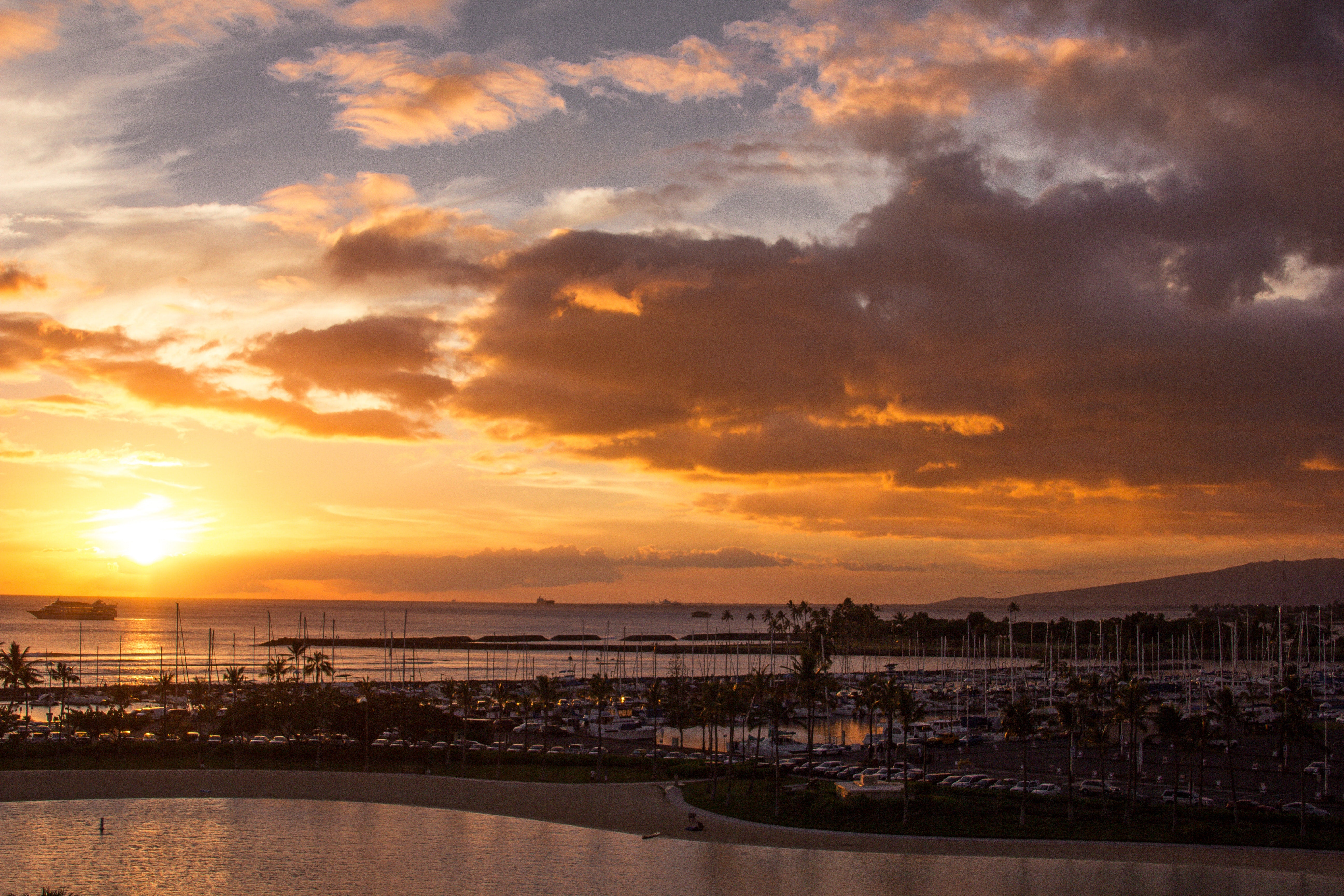What's happening in Hawaii
Unless you’ve been living under a rock, you’ve heard about Hawaii’s recent natural disaster. A series of earthquakes in early May 2018 was followed by seemingly endless volcanic eruptions. Lava escaping from the volcano is making its way towards the ocean, clearing out land and lakes in its path.
In total, the state of Hawaii has been home to 15 fissures, with 36 buildings being destroyed and 116 acres of land being covered in lava. And with no clear end in sight, the United States Geological Survey has put portions of Hawaii under ‘Red Warning’ and ‘Yellow Advisory’—the two highest levels of danger classification, comparable to tornado warnings and watches.

Naturally, the impact of this lava is a major fear for many living on the island. They stand to lose their homes and livelihoods, as well as the environment features their communities are famous for. These dangers are clear, direct, and pressing. However, many are failing to realize the impact of the volcano on the air, as it will continue to release hazardous fuels and ash long after the lava is gone.
Volcanic Fumes and Ashes

Luckily for residents of Hawaii, the dangerous Volcanic ash and fumes seem to be floating away from the islands. However, this doesn’t mean that they aren’t present. It also doesn’t negate the impact of pollution drift, meaning the mainland United States or coastal Asia could bear the brunt of the fumes and ash’s impact.
The fumes being released from the volcano are typically referred to as Vog. In simplest terms, Vog is the hazy fog-like substance we usually see rising from volcanoes. It contains water vapor, carbon dioxide, and sulfur dioxide gas. Of these, sulfur dioxide poses the biggest health risks, easily irritating lungs and causing specific problems for those with lung disease and other alignments.
Furthermore, sulfur dioxide only becomes more dangerous to our health as time goes on. Unlike many forms of pollutants which lose their punch over time, sulfur dioxide from volcanic eruptions will make our health even worse as it lingers. Once it enters the atmosphere, it can be converted into particulate matter, making it even easier for it to reach our lungs and stay there. Ultimately, these particles can cause asthma attacks, heart attacks, strokes, and coughing fits. In the end, they can significantly shorten lives and even result in death.
The presence of volcanic ash exacerbates these problems. As a volcano erupts, its ash is propelled into the atmosphere. And while it may seem like mere dust, volcanic ash consists of crushed rocks, minerals, and volcanic glass. When you combine this ash with the fumes entering the air, you suddenly have a two-pronged public health disaster.
What You Can Do
Air quality and pollution levels surrounding Hawaii are surprisingly good given the volcano, volcanic ash, and dangerous fumes. The only region of Hawaii with poor air quality and high air pollution levels is the portion of the ‘Big Island’ where the volcano is located.
That being said, the rest of the state has been determined to have moderate air quality. While that should only be a problem for individuals who are particularly sensitive—like the elderly, children, and those with health issues—it’s a stark contrast for a region that generally has some of the cleanest air in the United States.
Furthermore, air quality scales can be a bit deceiving. Air quality being moderate doesn’t mean there are no health risks. Particulate matter from volcanic ash and fumes—even in small amounts—can cause significant health issues. This is especially true if they’re present over a large period of time, which seems to be the case for the pollution released from Hawaii’s volcano.
The International Vog Health Hazard Network recommends staying indoors as much as possible when volcanic ash and fumes are present. Simply remaining inside for a few hours with all doors and windows closed can make a significant impact on your health. They do note, however, that you should thoroughly air-out your house as vog levels decrease, as it will collect within your home.

You should also invest in a high-quality air filter or air purifier for your home addressing the health risks associated with volcanic eruptions, ash, and fumes. Even if your air-conditioning includes filters, a product specifically designed to purify and filter your air is best equipped to deal with health concerns. As the toxic particulate matter can more easily build up inside your home than outdoors, it’s important to ensure high indoor air quality.

Lastly, you should stay on top of air quality updates and updates regarding volcanic eruptions. Whether you’re traveling through Hawaii or you’re a resident of the state, being informed can make a world of difference. You can schedule your daily activities around the levels of pollution, ensuring that you’re inside when the health risks are most prominent. Keep in mind that what’s safe for the average person may be risky for another, as health issues such as lung disease and cardiovascular disease can heighten the impact of volcanic ash, fumes, and particulate matter in the air.
